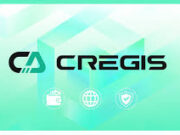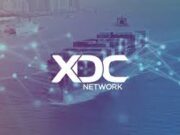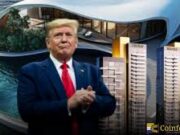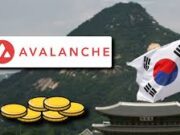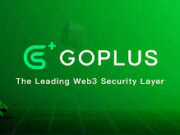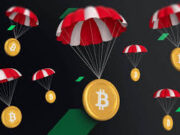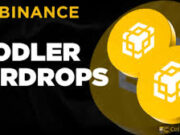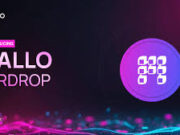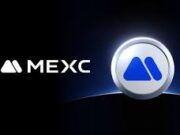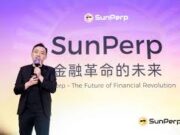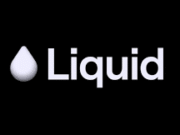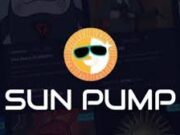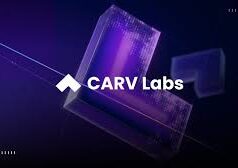If you’ve been following the crypto space, you know OpenSea made its name as the dominant marketplace for NFTs – digital art, collectibles, in-game items – you name it. But in recent days Finzer announced that this is no longer “just” the NFT era for OpenSea. Instead, he says the firm is evolving into a comprehensive on-chain trading hub – one that doesn’t just support non-fungible tokens, but basically “everything on-chain” (tokens, memecoins, physical assets, culture). (Stocktwits)
In his words:
“NFTs were chapter one for us. The sequel is the destination for the on-chain economy in its entirety. Trade everything. Tokens, culture, art, ideas, the digital and the physical. And all in one place that feels like a home, not a bank.” (Stocktwits)
So what does that actually mean? And why does it matter? Let’s walk through the rationale, implications, features and what it might mean for users and for the broader crypto + Web3 ecosystem.
Why the shift now?
One major reason: the NFT boom of 2021-22 has waned. While NFTs had enormous cultural and speculative traction, volumes dropped, attention shifted, and the space matured. For OpenSea to keep growing, it seems the business is pivoting toward the larger universe of digital assets. According to one report, OpenSea’s monthly revenue fell from roughly US$125 million at its peak to around US$3 million by end of 2023. (ForkLog)
Another data point: this month OpenSea reportedly hit US$2.6 billion in trading volume, with more than 90 % of it coming from token trading rather than NFTs. (The Crypto Times)
It adds up: users are already trading tokens, memecoins, fungible assets, etc. OpenSea is responding to that reality by embracing it, instead of remaining strictly in the NFT niche. The earlier platform rebuild (“OS2”) also offered cross-chain token trading across 19 blockchains. (Cointelegraph)
What’s changing & what will remain
What will remain: OpenSea is clear that they are not abandoning NFTs. Finzer emphasised that NFTs are still part of the story – “…we remain the home for NFTs and are now investing in avenues like cross-chain token trading.” (Cointelegraph)
What’s new / shifting:
- From “NFT marketplace” to “on-chain universal trading platform” – tokens + assets across multiple blockchains.
- Support for trading across 22 blockchains (depending on report) rather than a few. (ForkLog)
- Native token launch: the “$SEA” token, slated for Q1 2026, 50 % supply to community, 50 % of revenue allocated to token buy-backs. (TradingView)
- New product features: mobile app (closed alpha), perpetual contract trading (“perps”), cross-chain abstraction (user doesn’t need to worry about multiple wallets/bridges). (Stocktwits)
- Aggregation of liquidity: the platform will pull in orders and tokens from multiple chains and sources to make it simpler for users. (ForkLog)
What it means for users
If you’re a creator, trader or collector, here are some ways you might experience this shift:
1. More asset types to trade
Instead of just NFTs, you may soon see fungible tokens, meme coins, gaming tokens, maybe even tokenised physical assets or ideas. As Finzer said: “Ideas, the digital and the physical.” (The Crypto Times)
2. One-stop experience
The promise is: you no longer need to jump between different DApps, wallets, bridges, chains. OpenSea aims to abstract much of that complexity and let you trade “in one place” without giving up custody. (TradingView)
3. Cross-chain becomes easier
With support across many blockchains and integrated tools, you might find yourself minting on Solana, trading on Ethereum, swapping gaming tokens on Ronin – all with smoother flows. (Cointelegraph)
4. Community and token-based incentives
The upcoming SEA token will give users potentially new ways to participate: staking, governance, rewards. Again, half of the token supply is earmarked for community, and buy-backs signal a commitment to value. (TradingView)
5. Keep an eye on risk & change
As with any pivot: change introduces uncertainty. If you’re used to the old OpenSea interface and model, expect some differences. Also, more asset types means more complexity and more things to ask about (regulation, security, liquidity).
Why this matters for the broader Web3 ecosystem
This is not just about one company changing direction — it has ripple effects:
- Validation of multi-asset trading platforms: If OpenSea succeeds, it shows that marketplace models can expand beyond NFTs to a broader set of on-chain assets.
- Cross-chain momentum: The more platforms support many chains transparently, the less fragmentation in Web3 becomes.
- Tokenised real-world assets & culture: By emphasising “culture, ideas, the physical” in addition to digital assets, it nods toward the future of tokenisation and Web3’s ambition beyond speculative trading.
- Pressure on incumbents: Traditional exchanges and aggregators may face more competition from agile, crypto-native platforms that emphasise decentralised custody and multi-chain flows.
- Regulatory questions: As asset types expand (tokens, perps, physical asset tokens), regulators will pay closer attention to marketplaces like OpenSea. The pivot raises questions about KYC, custody, compliance and transparency.
What to watch next
Here are several key items investors, users and watchers should keep on their radar:
- Launch of $SEA token: Slated Q1 2026. Will community allocation perform? Will the buy-back mechanism follow through? (AMBCrypto)
- Mobile app rollout and perps/trading features: The extent and quality of these new product features will signal how serious OpenSea is about moving beyond NFTs. (Stocktwits)
- User adoption rates: Are users embracing the broader asset types? Are volumes growing in tokens (vs NFTs) as the company highlights? The data of “90 % of volume from tokens” is compelling but follow-through matters. (The Crypto Times)
- Chain support & ease of use: The more seamless the cross-chain experience becomes, the stronger the competitive edge.
- Regulatory/trust factors: As OpenSea adds features like perps or more fungible tokens, regulatory risk increases. They’ll need to maintain user trust, security, and compliance.
- Community reaction: How do creators, traders and users feel about the pivot? Do they feel left behind in the NFT side, or energized by new options?
Headline Takeaways
- OpenSea is transforming. From NFT-marketplace pioneer to “trade-anything” on-chain platform.
- The announcement is not abandoning NFTs, but expanding the scope of what the platform considers and supports.
- The volumes are shifting (90 % token trading this month) which gives the company reason to evolve.
- New product features, chain-agnostic support, mobile apps and native token ($SEA) are all part of the roadmap.
- For users, this means more asset types, smoother cross-chain flows, and potentially deeper community participation — but also more complexity and risk.
- For the broader ecosystem, this shift signals the maturing of Web3 marketplaces and tokenised assets, underscores cross-chain interoperability, and raises regulatory questions.
Sources:
- OpenSea is remaking itself into a crypto trading aggregator. Forbes. (Forbes)
- OpenSea pivots to “trade everything” — $SEA token to launch Q1 2026. AMBCrypto. (AMBCrypto)
- OpenSea transforms business model and plans token launch. ForkLog. (ForkLog)
- OpenSea sees $2.6B in token volume, prepares $SEA launch. Crypto Times. (The Crypto Times)
- OpenSea expands beyond NFTs with OS2 public rollout. Cointelegraph. (Cointelegraph)
- OpenSea plans $SEA token launch in Q1 2026 with 50% supply for users. TradingView. (TradingView)



